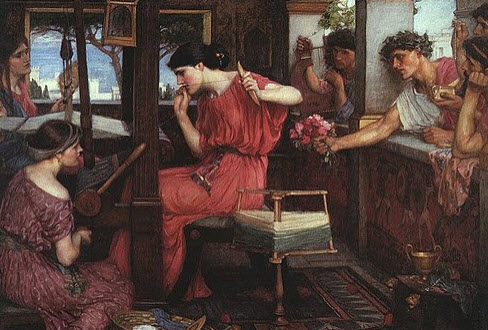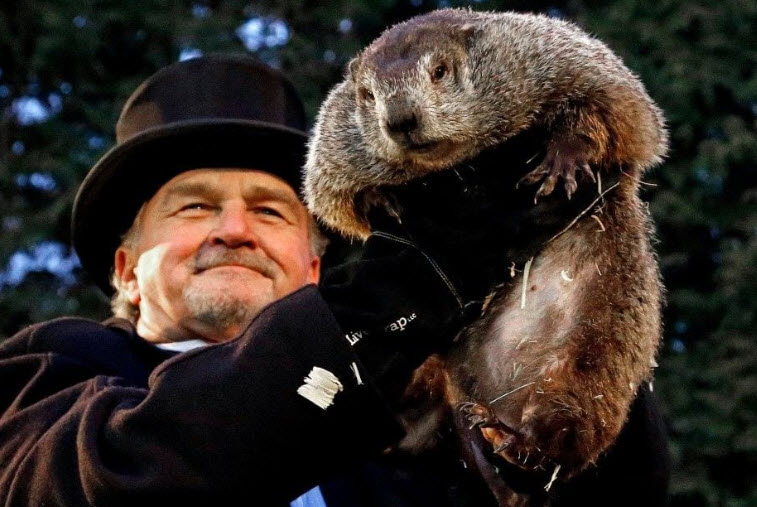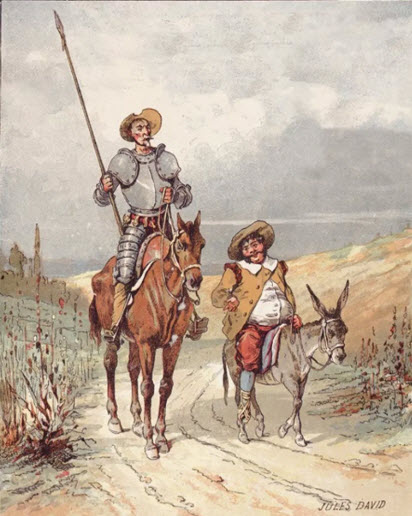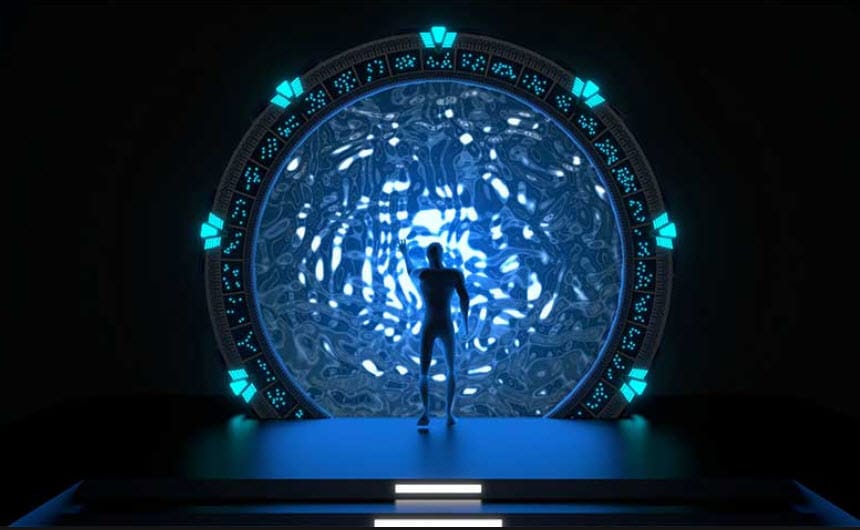Guest Blogger and long-time Council friend, Bob W. presents Part 39 of a series dealing with Alcoholism and Addiction from a Mystical, Mythological Perspective, reflecting Bob’s scholarly work as a Ph.D. in mythological studies.
In Greek mythology, the heiros gamos is a holy ritual, a sacred marriage of a god and goddess, or of an archetypal masculine and feminine, that results in a perfect union of certain key elements of the human experience. It appears in many other systems – mythological, spiritual and psychological – in the same context, a glorified union of the key elements of both genders of humanity.
It occurs to me, though, that we might see just such a phenomenon in the evolution of our own individual selves in the recovery process from addictions.
In broad psychoanalytic terms, the two key elements of the human psyche could be seen as the ego, the conscious element of ourselves – how and what we see of ourselves – and the self – that part of us that is who we truly are, at the core of our beings. The ego is what is crafted from the earliest times, formed by how we fit into the world in which we are raised. In time it may be cloaked by a certain persona that we want (or are taught) the world to see. This may or may not be akin to our authentic selves. The self, on the other hand, is who and what we are at the core, from our earliest consciousness, regardless of how we were raised, or what happened to us over our lives. It is the self that will ultimately define us.
For those of us inflicted with the diseases of alcoholism or addiction, our egos became the ruling elements of our psyche. Maybe we strove to achieve, working hard against all odds, and built a view of ourselves that was at best majestic, at worst massively grandiose. This view fed our alcoholism, both to elevate its absurdity as well as to medicate the hidden anxiety that it created. When it got to be too painful to perpetuate, we crashed, monumentally. We hit that point at which there had to be another way to live in the world or the grim reaper of death would become our only companion in a descent to oblivion.
The journey to recovery thus begun also became a slow and developing process to rewire our own brains. For this alcoholic, it signaled a journey of discovery to find myself, the core of who and what I am. The last stages of this journey, for me, is becoming a heiros gamos, a marriage of my ego and my self. The ego is still important to me, to us; it is the warrior part of us, that part infused with a healthy narcissism, enabling me/us to face the world without a debilitating fear that needs medication. But the self, that core of who and what we are, must come forward, must rise up in stature to form a true union of equals with our ego.
The union thus created by my own heiros gamos, this spectacular sensation of finally feeling, fully and completely, who and what I am and what I can be, is a gift of grace of unimaginable magnitude. More on this in a later note….

 The story of Homer’s Odyssey, to which we keep returning as a classic Hero’s Journey, ends with Odysseus finally back in Ithaca reunited with his family. He has traveled all over the Aegean and Mediterranean Seas in a ten year quest to get here, suffering all kinds of ills, some incredibly gruesome, but many of his own making. His long journey to get home has caused many to believe that he is dead and, as a result, his Kingdom on Ithaca has been overrun by young men seeking to convince his wife, Penelope, to recognize that as fact and marry one of them, so that he could become King.
The story of Homer’s Odyssey, to which we keep returning as a classic Hero’s Journey, ends with Odysseus finally back in Ithaca reunited with his family. He has traveled all over the Aegean and Mediterranean Seas in a ten year quest to get here, suffering all kinds of ills, some incredibly gruesome, but many of his own making. His long journey to get home has caused many to believe that he is dead and, as a result, his Kingdom on Ithaca has been overrun by young men seeking to convince his wife, Penelope, to recognize that as fact and marry one of them, so that he could become King. In 1993, comedian Bill Murray stared in a film called Groundhog Day. It is about a fictitious Pittsburgh TV weatherman, Phil Conners, who is sent to cover the events of Groundhog Day, Feb 2, in Punxsutawney, Pennsylvania, northeast of Pittsburgh. Punxsutawney is the actual site of an annual event where a real-live groundhog named Punxsutawney Phil either sees his shadow or doesn’t on that day, an event which signals the remaining duration of winter. Conners is a crass, self-absorbed, obnoxious character whom no one likes and who resents horribly that he has to perform such a mundane task as traveling to Punxsutawney and covering the Groundhog Day Festival.
In 1993, comedian Bill Murray stared in a film called Groundhog Day. It is about a fictitious Pittsburgh TV weatherman, Phil Conners, who is sent to cover the events of Groundhog Day, Feb 2, in Punxsutawney, Pennsylvania, northeast of Pittsburgh. Punxsutawney is the actual site of an annual event where a real-live groundhog named Punxsutawney Phil either sees his shadow or doesn’t on that day, an event which signals the remaining duration of winter. Conners is a crass, self-absorbed, obnoxious character whom no one likes and who resents horribly that he has to perform such a mundane task as traveling to Punxsutawney and covering the Groundhog Day Festival.
 Guest Blogger and long-time Council friend, Bob W. presents Part 34 of a series dealing with Alcoholism and Addiction from a Mystical, Mythological Perspective, reflecting Bob’s scholarly work as a Ph.D. in mythological studies.
Guest Blogger and long-time Council friend, Bob W. presents Part 34 of a series dealing with Alcoholism and Addiction from a Mystical, Mythological Perspective, reflecting Bob’s scholarly work as a Ph.D. in mythological studies.